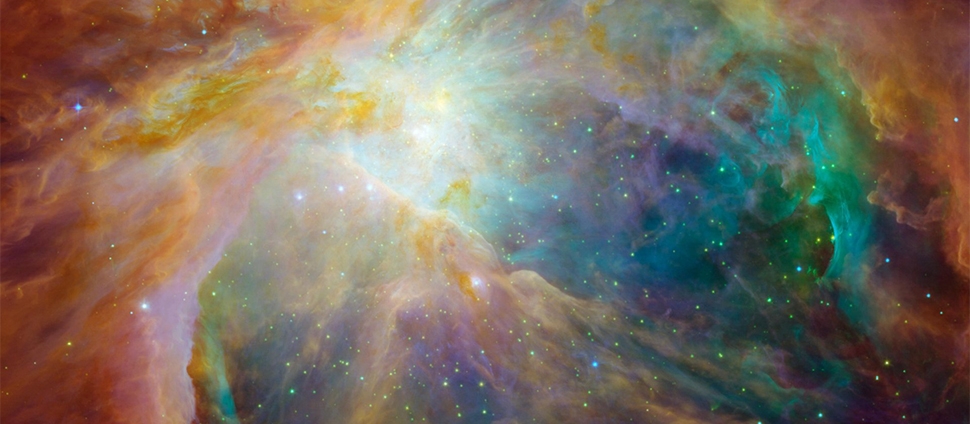Document Type
Article
Publication Date
2-10-2021
Publication Title
Astrophysical Journal
Abstract
Dusty star-forming galaxies at high redshift (1 < z < 3) represent the most intense star-forming regions in the universe. Key aspects to these processes are the gas heating and cooling mechanisms, and although it is well known that these galaxies are gas-rich, little is known about the gas excitation conditions. Only a few detailed radiative transfer studies have been carried out owing to a lack of multiple line detections per galaxy. Here we examine these processes in a sample of 24 strongly lensed star-forming galaxies identified by the Planck satellite (LPs) at z ∼ 1.1-3.5. We analyze 162 CO rotational transitions (ranging from J up = 1 to 12) and 37 atomic carbon fine-structure lines ([C i]) in order to characterize the physical conditions of the gas in the sample of LPs. We simultaneously fit the CO and [C i] lines and the dust continuum emission, using two different non-LTE, radiative transfer models. The first model represents a two-component gas density, while the second assumes a turbulence-driven lognormal gas density distribution. These LPs are among the most gas-rich, IR-luminous galaxies ever observed (μL L IR(8-1000 μm) ∼ 1013-14.6 L⊙; «μLMISM» = (2.7 ± 1.2) × 1012 Mo˙ with μL ∼ 10-30 the average lens magnification factor). Our results suggest that the turbulent interstellar medium present in the LPs can be well characterized by a high turbulent velocity dispersion («ΔVturb» ∼ 100 km s-1) and ratios of gas kinetic temperature to dust temperature «T kin/T d» ∼ 2.5, sustained on scales larger than a few kiloparsecs. We speculate that the average surface density of the molecular gas mass and IR luminosity, Σ ∼ 103-4 M o˙ pc-2 and Σ ∼ 1011-12 L o˙ kpc-2, arise from both stellar mechanical feedback and a steady momentum injection from the accretion of intergalactic gas.
Volume
908
Issue
1
DOI
10.3847/1538-4357/abcc01
ISSN
0004637X
Creative Commons License

This work is licensed under a Creative Commons Attribution 4.0 International License.
Rights
© The Authors
Recommended Citation
Harrington, Kevin C.; Weiss, Axel; Yun, Min S.; Magnelli, Benjamin; Sharon, C. E.; Leung, T. K.D.; Vishwas, A.; Wang, Q. D.; Frayer, D. T.; Jiménez-Andrade, E. F.; Liu, D.; García, P.; Romano-Díaz, E.; Frye, B. L.; Jarugula, S.; Bǎdescu, T.; Berman, D.; Dannerbauer, H.; Díaz-Sánchez, A.; Grassitelli, L.; Kamieneski, P.; Kim, W. J.; Kirkpatrick, A.; Lowenthal, J. D.; Messias, H.; Puschnig, J.; Stacey, G. J.; Torne, P.; and Bertoldi, F., "Turbulent Gas in Lensed Planck-Selected Starbursts at z ∼ 1-3.5" (2021). Astronomy: Faculty Publications, Smith College, Northampton, MA.
https://scholarworks.smith.edu/ast_facpubs/60



Comments
Archived as published.